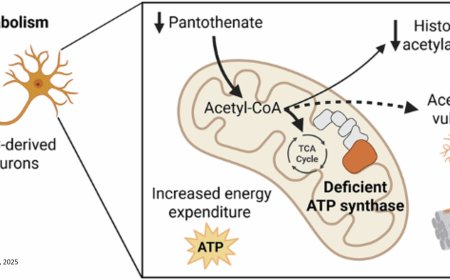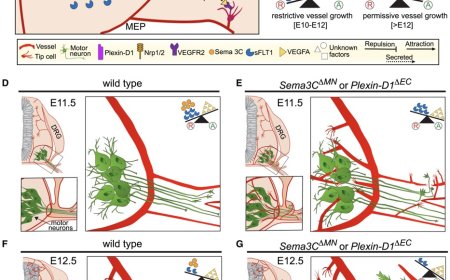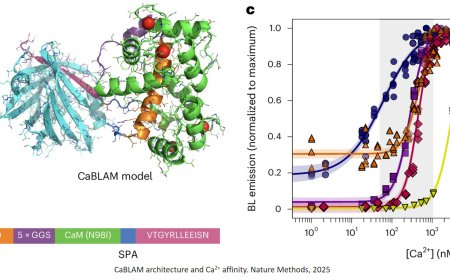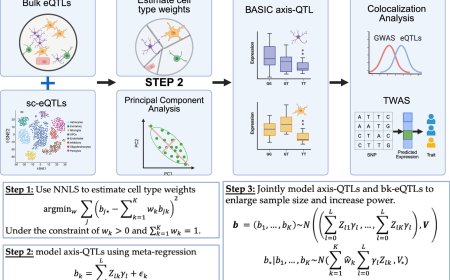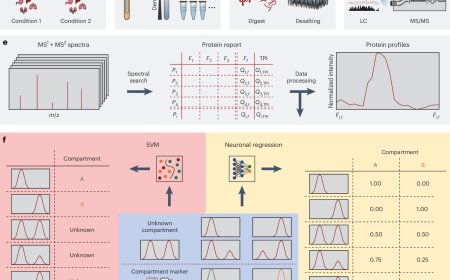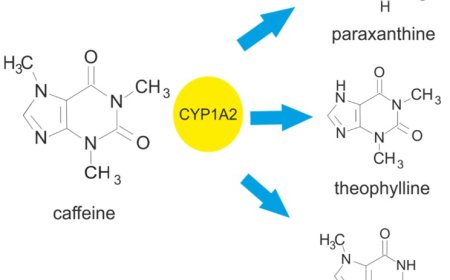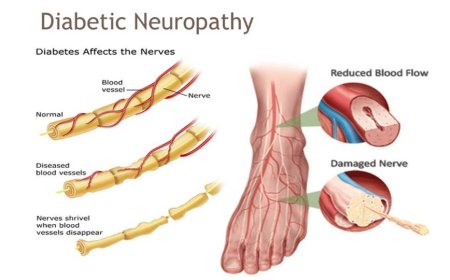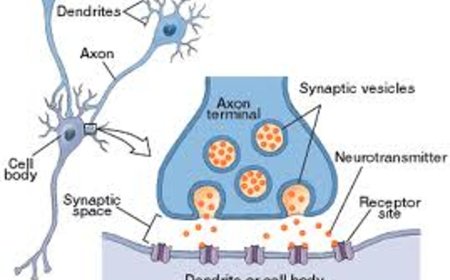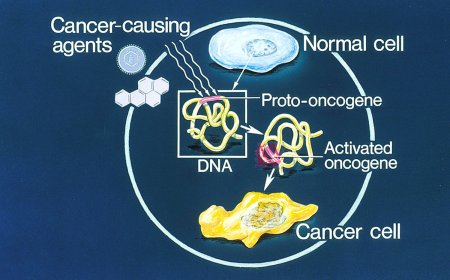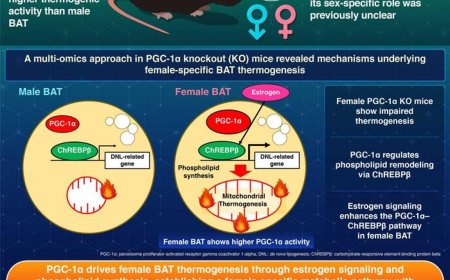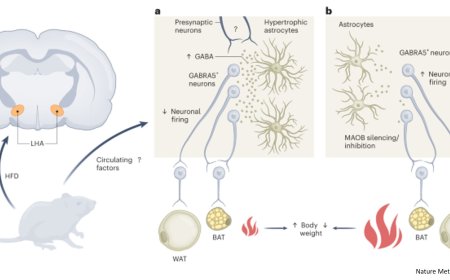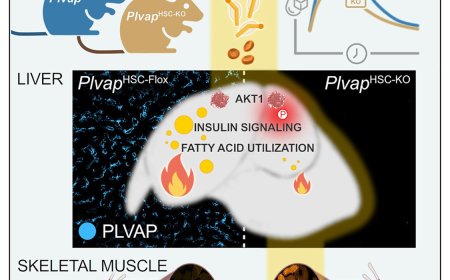Transdifferentiation of pancreatic islet alpha to beta cells by the diabetic drug

Diabetes researchers and bioinformaticians have developed a new understanding of how human beta cell regenerative drugs work. These drugs may hold promise for more than 500 million people with diabetes in the world. The results of this study were published in Cell Reports Medicine.
Diabetes develops when cells in the pancreas known as beta cells become unable to produce insulin, a hormone that is essential to regulating blood sugar levels. While great progress has been made toward discovering a durable therapy, none are scalable therapeutic options for millions of diabetics across the globe.
In 2015, the researchers discovered the first such drug, called harmine. Harmine is a member of a class of drugs called DYRK1A inhibitors. In 2019 and 2020, the researchers reported that DYRK1A inhibitors can synergize with TGF-beta signaling as well as GLP-1 receptor agonist (GLP-1RA) drugs such as semaglutide (e.g., Ozempic) and exenatide (Byetta) to induce more robust levels of human beta cell regeneration. Finally, in July 2024, they showed that harmine alone increases human beta cell mass by 300 percent, and if a GLP-1RA is added, by 700 percent.
A key question has been how harmine causes beta cells to regenerate. In the newest study, the research team reports that the new, regenerated beta cells may be coming from an unexpected source: a second pancreatic cell type called alpha cells. Since alpha cells are abundant in people with type 1 and type 2 diabetes, they may be able to serve as a source for new beta cells in both common types of diabetes.
“This is an exciting finding that shows harmine-family drugs may be able to induce lineage conversion in human pancreatic islets,” says the corresponding author of the study. “It may mean that people with all forms of diabetes have a large potential ‘reservoir’ for future beta cells, just waiting to be activated by drugs like harmine.”
“A simple pill, perhaps together with a GLP1RA like semaglutide, is affordable and scalable to the millions of people with diabetes,” said the author.
https://www.cell.com/cell-reports-medicine/fulltext/S2666-3791(24)00603-7
